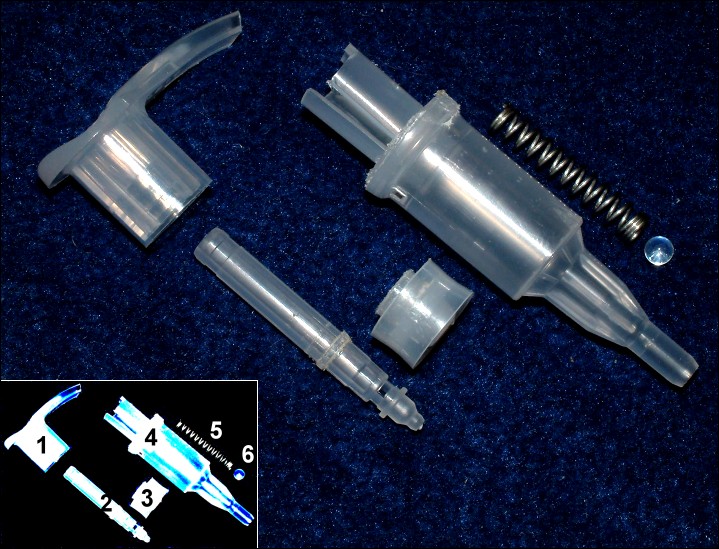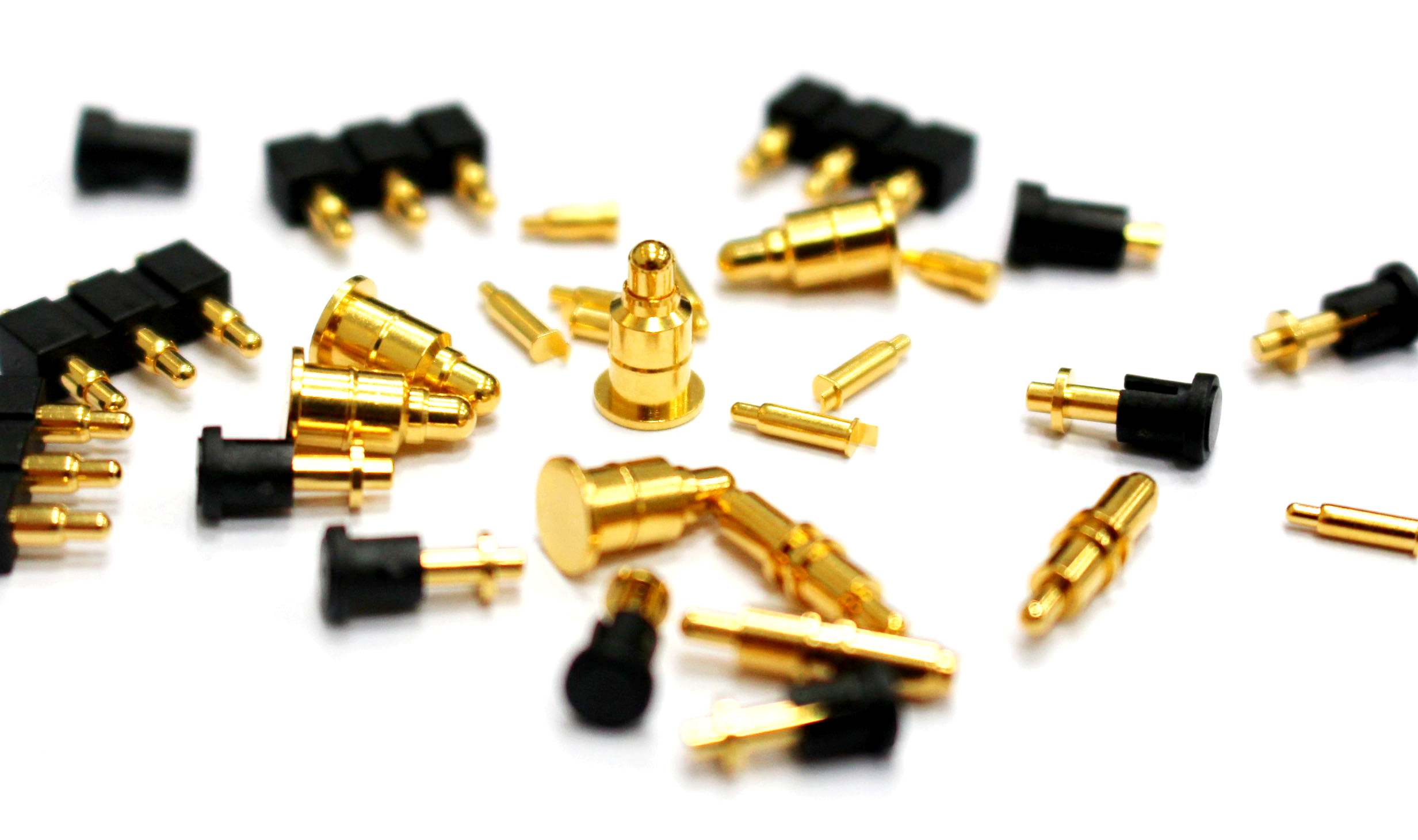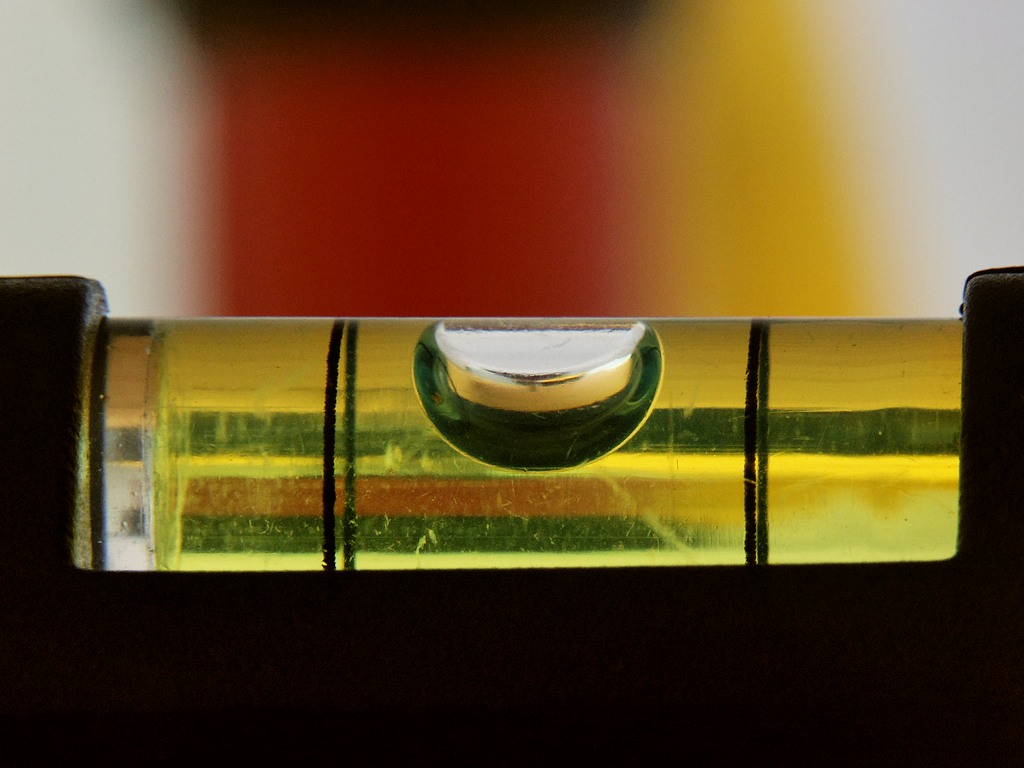|
Spring Plunger
A spring plunger or detent spring is a spring-loaded mechanical part used for indexing, positioning, and securing of objects, as well as for making objects possible to disassemble in normal use without losing parts. The spring force keeps the pin in position during normal use. Typically, it is a machine part consisting of a hollow cylinder with an internal compression spring acting on a Dowel, pin. The pin may, for example, be shaped as a rod with either a cylindrical or rounded tip (broadly categorized as a ''spring plunger''), or a spring-loaded ball (Ball detent, ball plunger) if the spring acts against a ball. Manufacture Spring plungers can be supplied as a complete unit that is mounted into the workpiece by screwing into threads, or in a pluggable version that is pressed into the workpiece. The sleeve is usually made of free machining steel. Alternatively, it can be made directly into the workpiece by drilling and Tapping (threading), tapping a hole, then inserting a pin ... [...More Info...] [...Related Items...] OR: [Wikipedia] [Google] [Baidu] |
Stainless Steel
Stainless steel, also known as inox, corrosion-resistant steel (CRES), or rustless steel, is an iron-based alloy that contains chromium, making it resistant to rust and corrosion. Stainless steel's resistance to corrosion comes from its chromium content of 11% or more, which forms a Passivation (chemistry), passive film that protects the material and can self-healing material, self-heal when exposed to oxygen. It can be further alloyed with elements like molybdenum, carbon, nickel and nitrogen to enhance specific properties for various applications. The alloy's properties, such as luster and resistance to corrosion, are useful in many applications. Stainless steel can be rolled into Sheet metal, sheets, plates, bars, wire, and tubing. These can be used in cookware, cutlery, surgical instruments, major appliances, vehicles, construction material in large buildings, industrial equipment (e.g., in paper mills, chemical plants, water treatment), and storage tanks and tankers for ch ... [...More Info...] [...Related Items...] OR: [Wikipedia] [Google] [Baidu] |
Bow (weapon)
The bow and arrow is a ranged weapon system consisting of an elastic launching device (bow) and long-shafted projectiles (arrows). Humans used bows and arrows for hunting and aggression long before recorded history, and the practice was common to many prehistoric cultures. They were important weapons of war from ancient history until the early modern period, when they were rendered increasingly obsolete by the development of the more powerful and accurate firearms. Today, bows and arrows are mostly used for hunting and sports. Archery is the art, practice, or skill of using bows to shoot arrows.Paterson ''Encyclopaedia of Archery'' p. 17 A person who shoots arrows with a bow is called a bowman or an archer. Someone who makes bows is known as a bowyer,Paterson ''Encyclopaedia of Archery'' p. 31 someone who makes arrows is a fletcher,Paterson ''Encyclopaedia of Archery'' p. 56 and someone who manufactures metal arrowheads is an arrowsmith.Paterson ''Encyclopaedia of Archery'' p ... [...More Info...] [...Related Items...] OR: [Wikipedia] [Google] [Baidu] |
Arrow
An arrow is a fin-stabilized projectile launched by a bow. A typical arrow usually consists of a long, stiff, straight shaft with a weighty (and usually sharp and pointed) arrowhead attached to the front end, multiple fin-like stabilizers called fletchings mounted near the rear, and a slot at the rear end called a nock for engaging the bowstring. A container or bag carrying additional arrows for convenient reloading is called a quiver. The use of bows and arrows by humans predates recorded history and is common to most cultures. A craftsman who makes arrows is a fletcher, and one who makes arrowheads is an arrowsmith.Paterson ''Encyclopaedia of Archery'' p. 56 History The oldest evidence of likely arrowheads, dating to years ago, were found in Sibudu Cave, current South Africa.Backwell L, d'Errico F, Wadley L.(2008). Middle Stone Age bone tools from the Howiesons Poort layers, Sibudu Cave, South Africa. Journal of Archaeological Science, 35:1566–1580. Backwell L ... [...More Info...] [...Related Items...] OR: [Wikipedia] [Google] [Baidu] |
Archery
Archery is the sport, practice, or skill of using a Bow and arrow, bow to shooting, shoot arrows.Paterson ''Encyclopaedia of Archery'' p. 17 The word comes from the Latin ''arcus'', meaning bow. Historically, archery has been used for hunting and combat. In modern times, it is mainly a competitive sport and recreational activity. A person who practices archery is typically called an archer, bowman, or toxophilite. History Origins and ancient archery The oldest known evidence of arrows (not found with surviving bows) comes from South Africa, South African sites such as Sibudu Cave, where the remains of bone and stone arrowheads have been found dating approximately 72,000 to 60,000 years ago.Backwell L, d'Errico F, Wadley L.(2008). Middle Stone Age bone tools from the Howiesons Poort layers, Sibudu Cave, South Africa. Journal of Archaeological Science, 35:1566–1580. Backwell L, Bradfield J, Carlson KJ, Jashashvili T, Wadley L, d'Errico F.(2018). The antiquity of bow-and-arro ... [...More Info...] [...Related Items...] OR: [Wikipedia] [Google] [Baidu] |
Electrical Element
In electrical engineering, electrical elements are conceptual abstractions representing idealized electrical components, such as resistors, capacitors, and inductors, used in the analysis of electrical networks. All electrical networks can be analyzed as multiple electrical elements interconnected by wires. Where the elements roughly correspond to real components, the representation can be in the form of a schematic diagram or circuit diagram. This is called a lumped-element circuit model. In other cases, infinitesimal elements are used to model the network in a distributed-element model. These ideal electrical elements represent actual, physical electrical or electronic components. Still, they do not exist physically and are assumed to have ideal properties. In contrast, actual electrical components have less than ideal properties, a degree of uncertainty in their values, and some degree of nonlinearity. To model the nonideal behavior of a real circuit component may require ... [...More Info...] [...Related Items...] OR: [Wikipedia] [Google] [Baidu] |
Pogo Pin
A pogo pin or spring-loaded pin is a type of electrical connector mechanism with spring plungers that is used in many modern electronic applications and in the electronics testing industry. They are used for their improved durability over other electrical contacts, and the resilience of their electrical connection to mechanical shock and vibration. The name ''pogo pin'' comes from the pin's resemblance to a pogo stickthe integrated helical spring in the pin applies a constant normal force against the back of the mating receptacle or contact plate, counteracting any unwanted movement which might otherwise cause an intermittent connection. This helical spring makes pogo pins unique, since most other types of pin mechanisms use a cantilever spring or expansion sleeve. A complete connection path requires a mating receptacle for the pin to engage, which is termed a ''target'' or ''land''. A pogo target consists of a flat or concave metal surface, which unlike the pins, has no movin ... [...More Info...] [...Related Items...] OR: [Wikipedia] [Google] [Baidu] |
Assembly Structure Pogo Pin
Assembly may refer to: Organisations and meetings * Deliberative assembly, a gathering of members who use parliamentary procedure for making decisions * General assembly, an official meeting of the members of an organization or of their representatives * House of Assembly, a name given to the legislature or lower house of a bicameral legislature * National Assembly, either a legislature or the lower house of a bicameral legislature in some countries ** National Assembly (other) * Popular assembly, a localized citizen gathering to address issues of importance to the community * Qahal, or assembly, an Israelite organizational structure * People's Assembly (other) * Assembly of Experts, the deliberative body empowered to designate and dismiss the Supreme Leader of Iran * Freedom of assembly, the individual right to come together and collectively express, promote, pursue and defend common interests * School assembly, a gathering of all or part of a school Science, t ... [...More Info...] [...Related Items...] OR: [Wikipedia] [Google] [Baidu] |
Spirit Level
A spirit level, bubble level, or simply a level, is an Measuring instrument, instrument designed to indicate whether a surface is Horizontal plane, horizontal (level) or vertical direction, vertical (plumb-bob, plumb). Two basic designs exist: ''tubular'' (or ''linear'') and ''Bull's eye level, bull's eye'' (or ''circular''). Different types of spirit levels may be used by carpenters, stonemasons, bricklayers, other building trades workers, Surveyor (surveying), surveyors, millwrights and other metalworkers, and in some Photography, photographic or Videography, videographic work. History The history of the spirit level was discussed in brief in an 1887 article appearing in ''Scientific American''. Melchisédech Thévenot, a French scientist, invented the instrument some time before February 2, 1661. This date can be established from Thevenot's correspondence with scientist Christiaan Huygens. Within a year of this date the inventor circulated details of his invention to othe ... [...More Info...] [...Related Items...] OR: [Wikipedia] [Google] [Baidu] |
Ejector (firearms)
A view of the break-action of a typical double-barrelled shotgun, with the action open and the scalloped triangularly shaped extractor visible at the base of the two barrels. The opening lever and the safety catch are visible In breechloading firearms, an extractor is an action component that serves to remove spent casings of previously fired cartridges from the chamber, in order to vacate the chamber for loading a fresh round of ammunition. In repeating firearms with moving bolts, the extractor is often one or a set of hook-like flanges on the bolt head that grabs onto the casing's rim, so when the bolt moves rearwards the casing is pulled out of the chamber. It is typically aided by a protruding ejector in the receiver or the bolt, which provides an opposite counter-push that couples with the extractor pull to expel the casing entirely out of the gun. In modern dropping block, break-action (e.g. double-barrel shotguns) and revolver firearms, the extractor is a protrusi ... [...More Info...] [...Related Items...] OR: [Wikipedia] [Google] [Baidu] |
Safety Valve
A safety valve is a valve that acts as a fail-safe. An example of safety valve is a pressure relief valve (PRV), which automatically releases a substance from a boiler, pressure vessel, or other system, when the pressure or temperature exceeds preset limits. Pilot-operated relief valves are a specialized type of pressure safety valve. A leak tight, lower cost, single emergency use option would be a rupture disk. Safety valves were first developed for use on steam boilers during the Industrial Revolution. Early boilers operating without them were prone to explosion unless carefully operated. Vacuum safety valves (or combined pressure/vacuum safety valves) are used to prevent a tank from collapsing while it is being emptied, or when cold rinse water is used after hot CIP (clean-in-place) or SIP (sterilization-in-place) procedures. When sizing a vacuum safety valve, the calculation method is not defined in any norm, particularly in the hot CIP / cold water scenario, but some ma ... [...More Info...] [...Related Items...] OR: [Wikipedia] [Google] [Baidu] |







